Flea markets are treasure troves for collectors, and beer bottles are one of the most fascinating finds. From colorful labels to historic brews, these bottles tell stories of brewing traditions, regional tastes, and changing designs over decades. Whether you’re a seasoned collector or just starting out, spotting rare bottles can be thrilling. Knowing which bottles hold value or have unique designs makes hunting even more exciting. In this guide, we’ll explore twelve collectible beer bottles that are worth keeping an eye out for, including their history, details, and quirks.
1. Early Budweiser Bottles
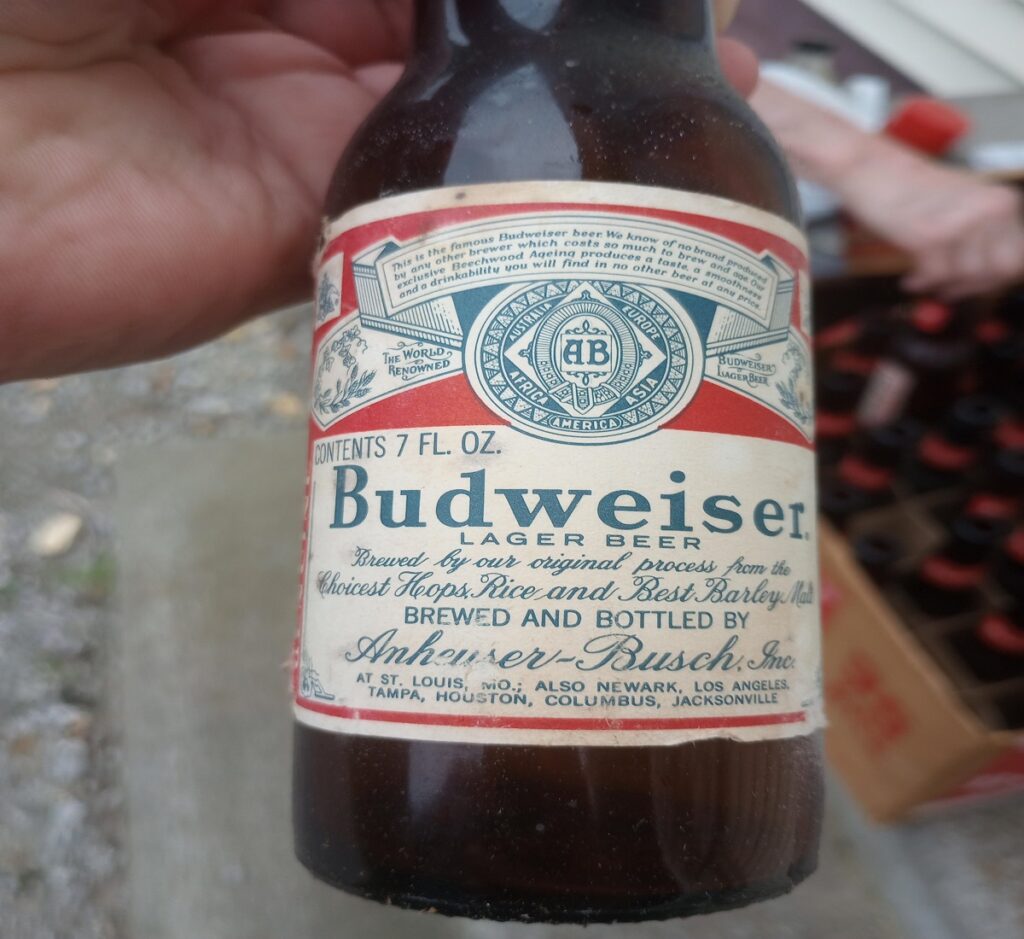
Budweiser, often called the “King of Beers,” has been producing bottles since the late 1800s. Early glass bottles, particularly from the 1890s and early 1900s, are highly sought after. Look for embossed logos or the iconic Anheuser-Busch eagle. Colors like amber or deep green are common, but variations in embossing or label style can make a bottle more collectible. Condition matters, so intact labels or minimal scratches increase a bottle’s value. Flea markets occasionally hide these historical gems among ordinary glassware.
2. Schlitz “The Beer That Made Milwaukee Famous”
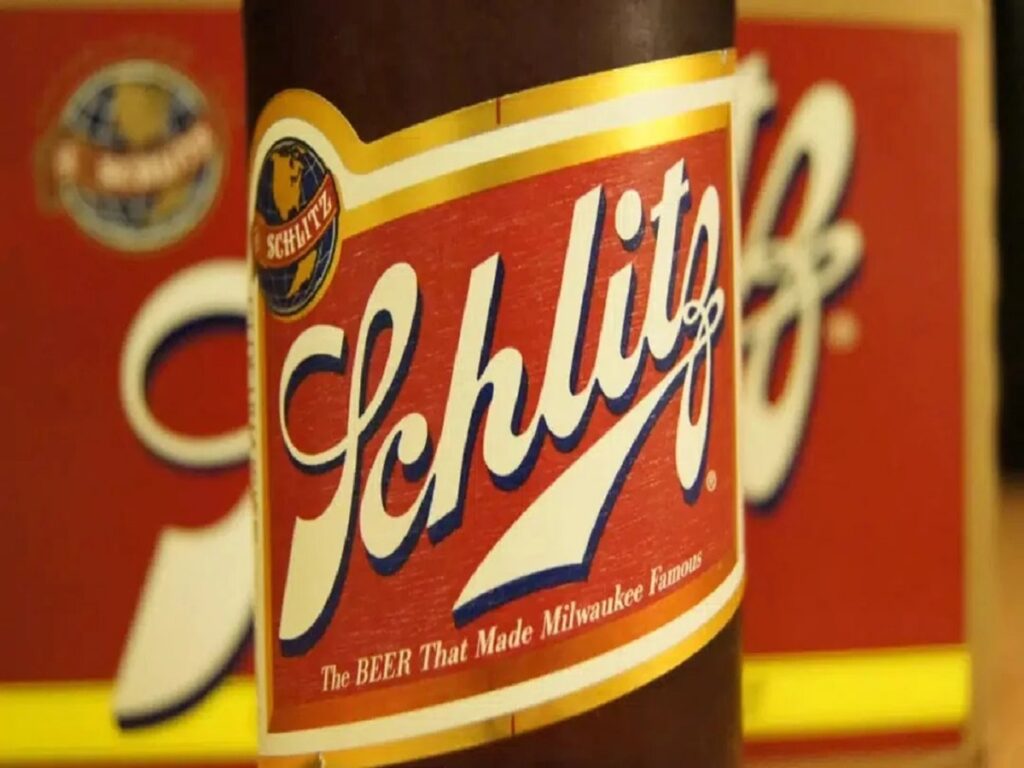
Schlitz was a brewing powerhouse in the early 20th century. Collectors prize bottles with their vintage slogans, especially those made before the 1950s. Unique features include gold-embossed logos and different cap styles. Some bottles showcase unusual shapes or decorative embossing that distinguish them from modern replicas. Because Schlitz bottles were mass-produced, finding one in excellent condition can be tricky, making flea market discoveries particularly exciting. Even faded labels can add charm to a vintage collection.
3. Pabst Blue Ribbon Bottles
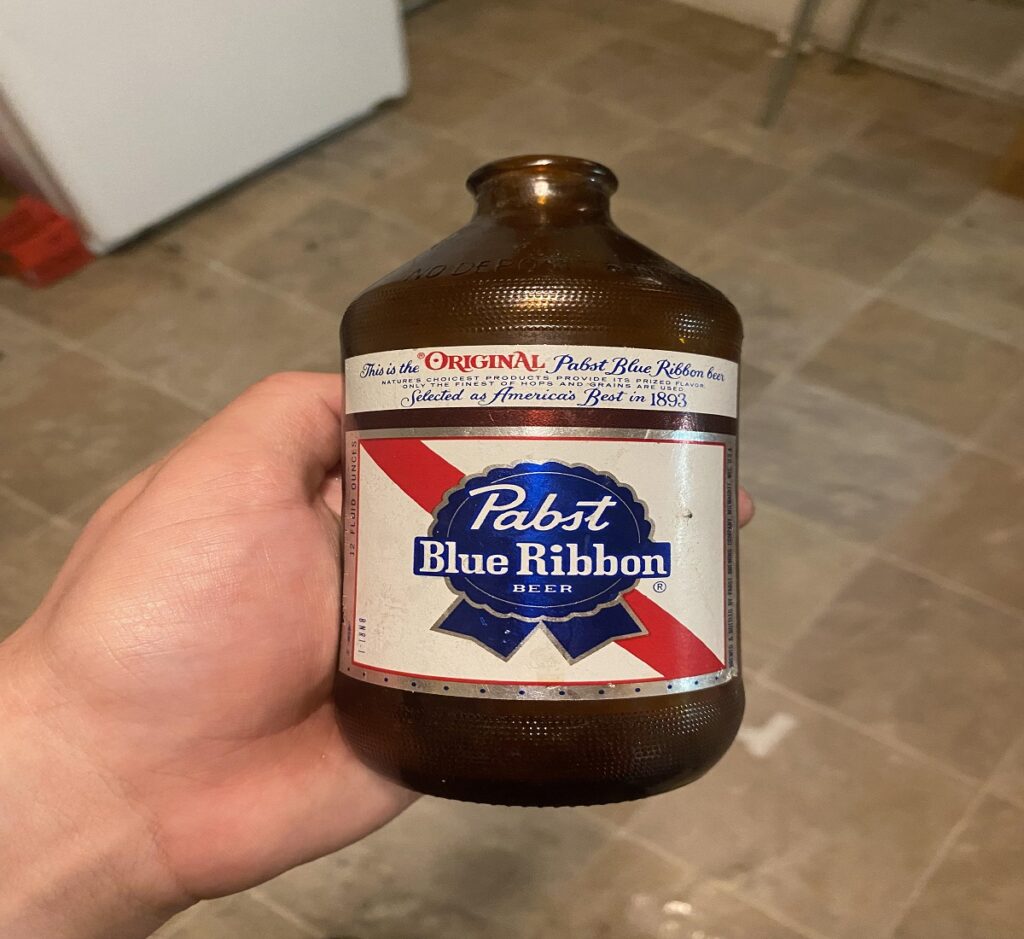
Pabst Blue Ribbon, or PBR, is a brewery with deep American roots dating to 1844. Collectors focus on older glass bottles, particularly those featuring the blue ribbon logo embossed directly into the glass. Bottles from the 1930s to 1950s are especially prized. Look for unusual colors, limited edition runs, or promotional designs. Many bottles were recycled over the years, so a pristine example is rare. These bottles often carry nostalgia, representing decades of American brewing history and classic marketing.
4. Heineken Green Glass Bottles
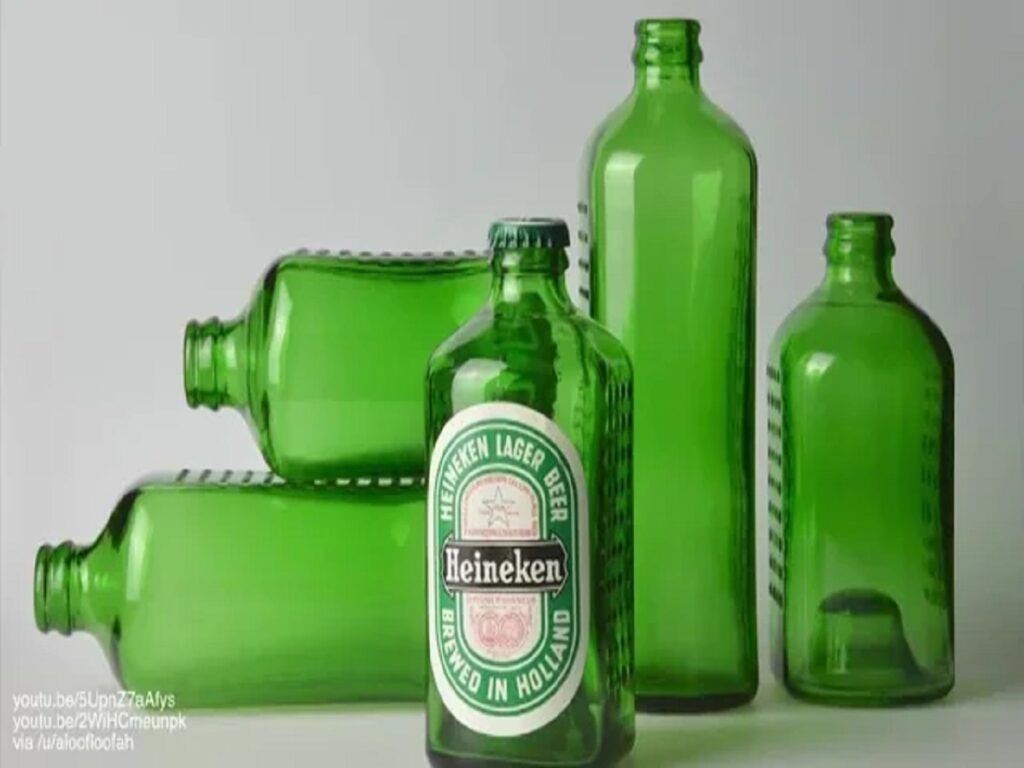
Heineken’s signature green bottles are iconic worldwide, but collectors target early designs, especially those made before the 1960s. Early Heineken bottles often feature embossed logos and unique neck labels. Variations in typography, country of origin markings, or foil wrappers make certain bottles highly desirable. Flea markets sometimes have these tucked away in old crates or forgotten packaging. Even slight color variations or production anomalies can elevate a bottle’s value, making careful inspection essential.
5. Miller High Life “The Champagne of Beers”
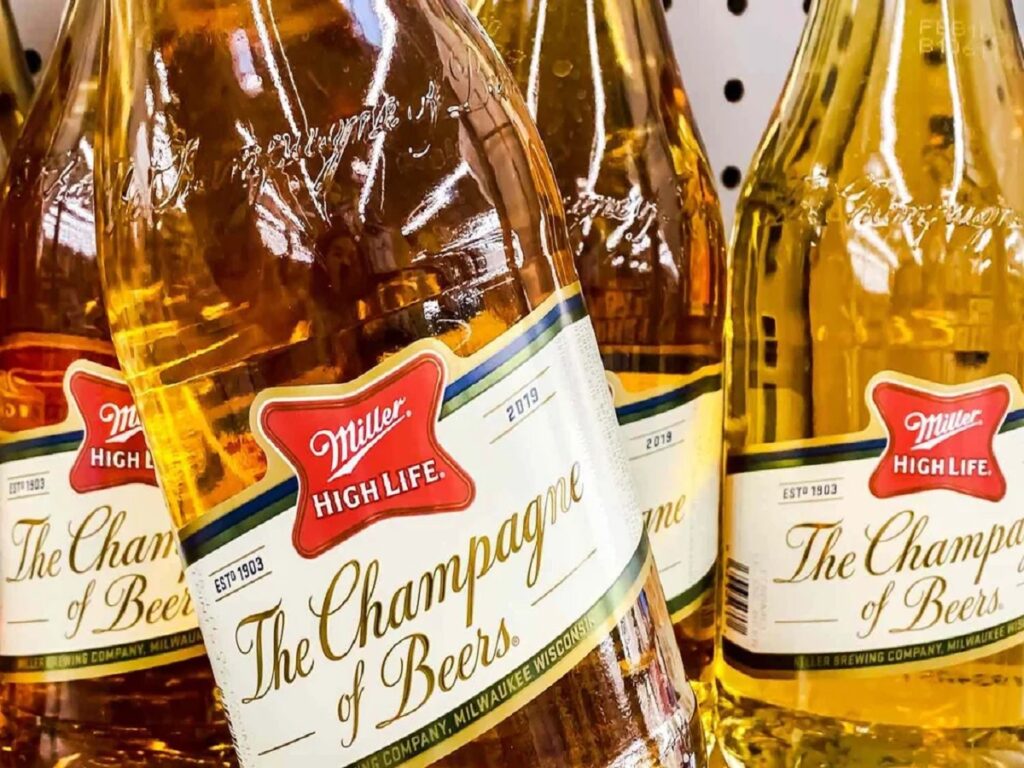
Miller High Life’s vintage bottles are instantly recognizable due to the champagne-inspired design. Early bottles, especially those produced before 1950, often include embossed lettering and intricate logos. Some rare versions feature decorative neck labels or promotional wording commemorating anniversaries. Because the brewery has produced millions over decades, finding intact, unchipped bottles can be a thrill. Collectors appreciate both the design and the history behind these bottles, which represent a golden era of American beer marketing.
6. Coors Banquet Bottles
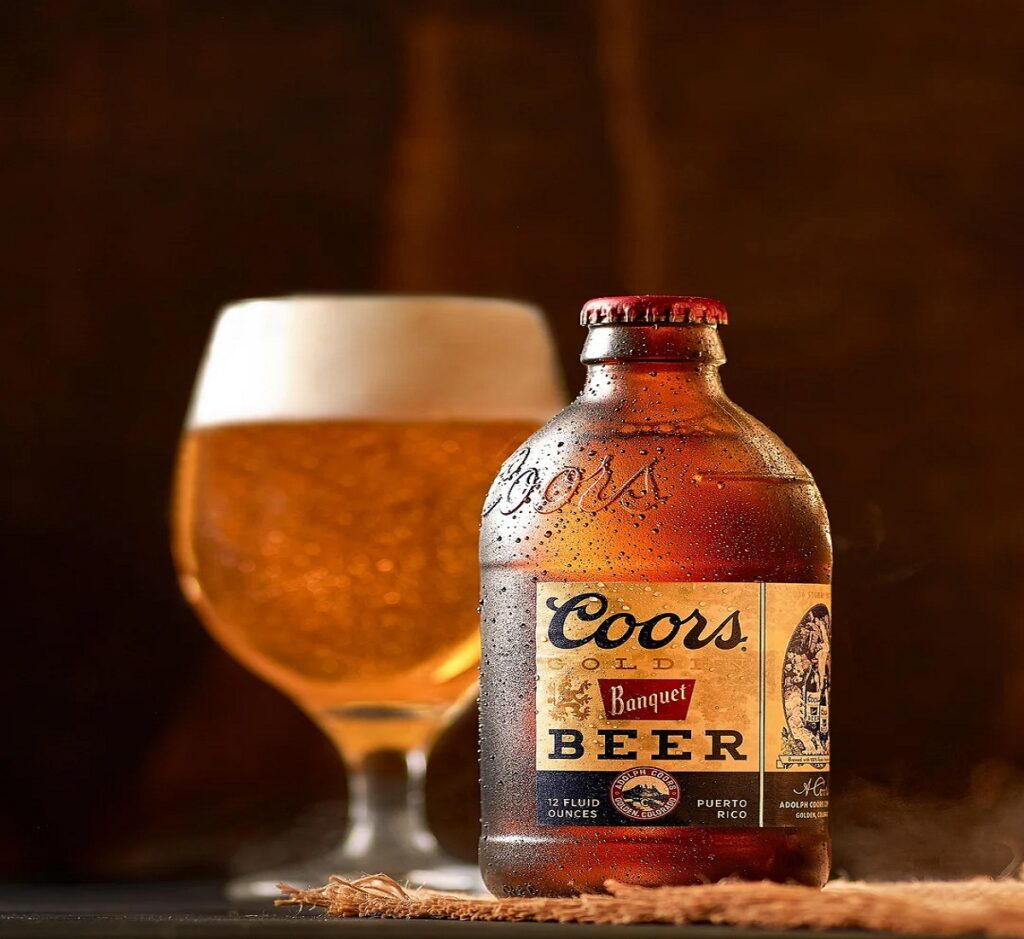
Coors Banquet beer bottles, particularly those from the 1940s to 1960s, are highly collectible. They are known for their unique shape, embossed “Coors” lettering, and sometimes copper-colored tops. Limited edition releases or bottles with special labeling for events or promotions are especially valuable. Flea markets occasionally have these gems in crates, often overlooked by casual shoppers. Condition is key; bottles with intact labels or minimal wear can fetch much higher value among collectors.
7. Vintage Guinness Bottles
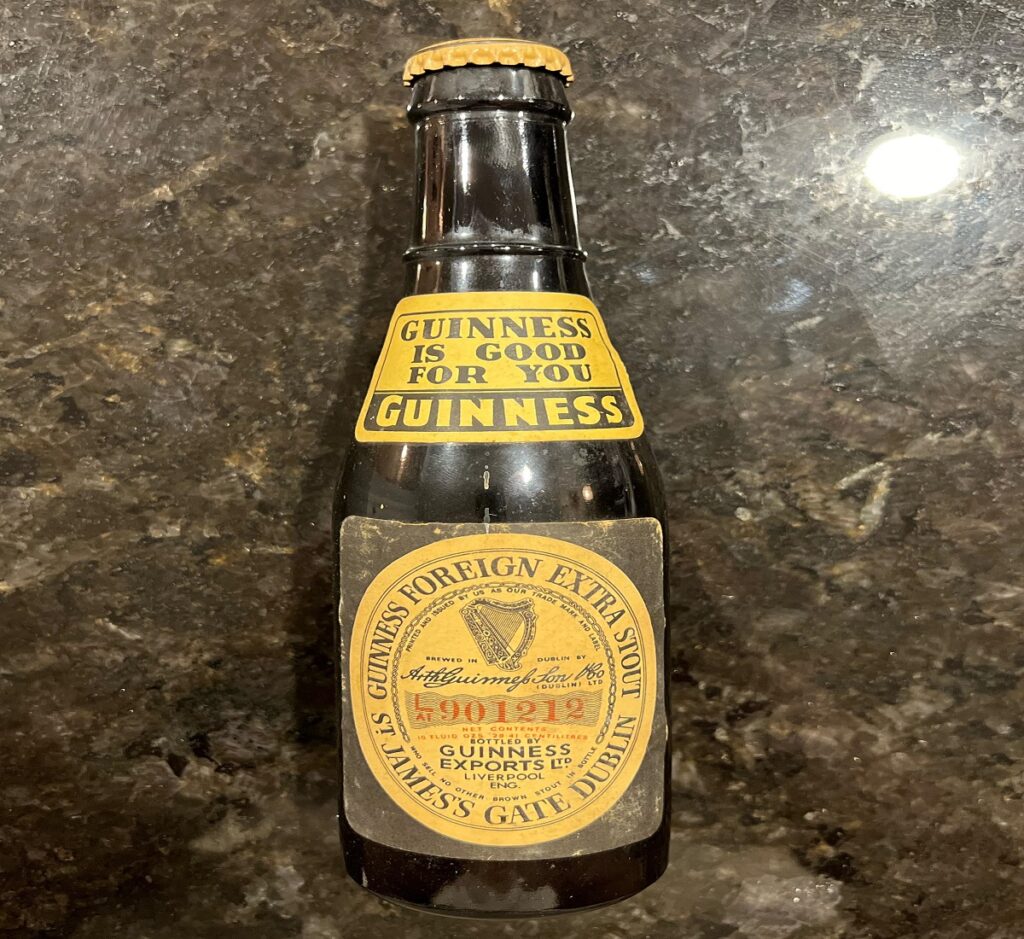
Guinness has been producing iconic bottles since the late 1800s, with early glass featuring distinctive logos, harp symbols, and embossed lettering. Collectors look for bottles from Ireland or England before 1960, often with paper labels or unique cap designs. Limited promotional editions, such as commemorative releases or brewery anniversary bottles, can increase value significantly. Even a slightly faded label doesn’t diminish the historical appeal. Flea markets are perfect hunting grounds for these rare finds, often mixed in with ordinary imports.
8. Anchor Steam Bottles
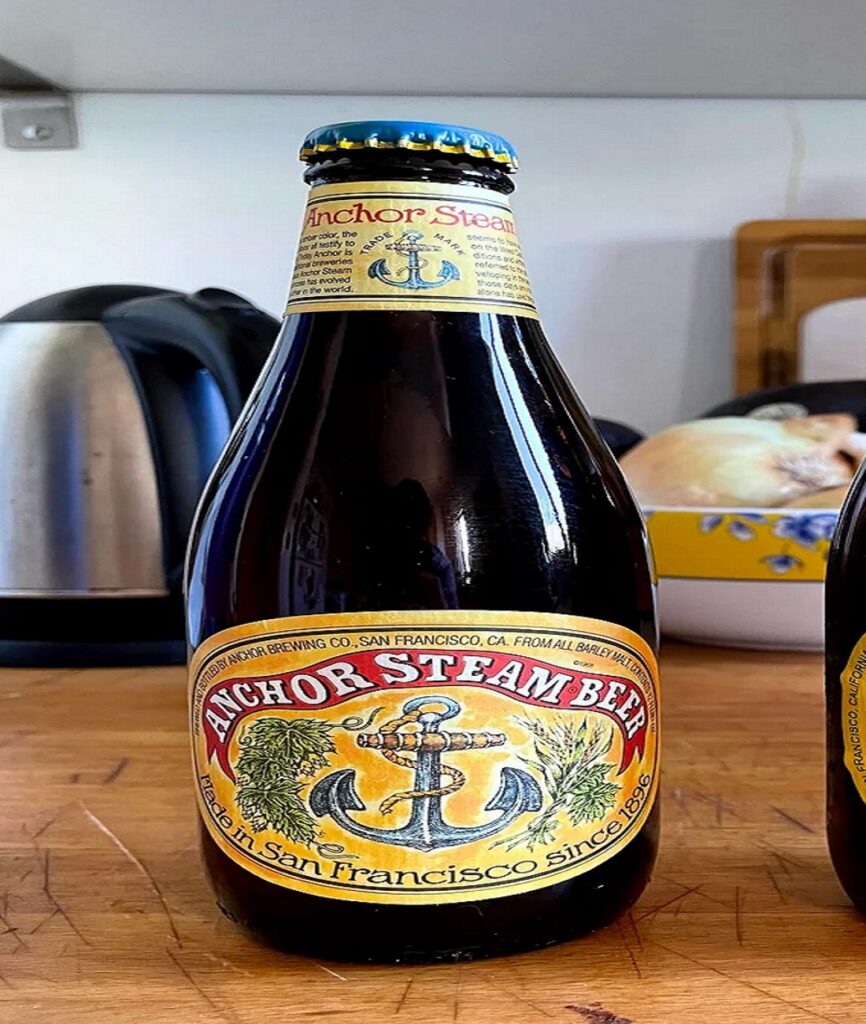
Anchor Steam, a San Francisco classic, has bottles with an instantly recognizable design and embossed logo. Collectors focus on bottles from the early 20th century, especially before 1950, with cork tops or unique shapes. Variations in embossing, color, or labeling make certain bottles more desirable. These bottles represent a niche in American craft beer history and often fetch attention at flea markets. Small details, like embossed dates or brewery symbols, can dramatically affect collectible value, making careful examination essential.
9. Old Milwaukee Bottles
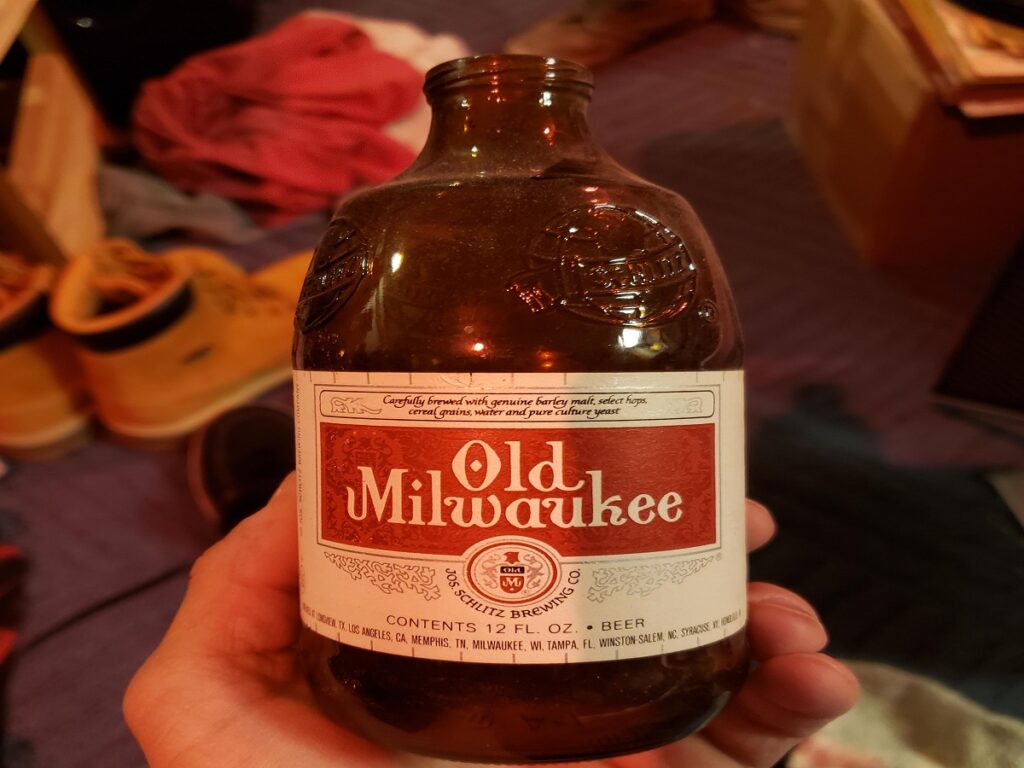
Old Milwaukee bottles from the 1940s and 1950s are collectible for their straightforward design and historical value. The embossed logos, often featuring the brand name and brewery location, are key identifiers. Collectors seek bottles with intact labels or limited edition designs, such as holiday promotions. Due to mass production, pristine examples are rare, but flea markets occasionally reveal hidden gems. Even minor production differences, like unusual glass color or cap style, can make a bottle a standout in a collection.
10. Rolling Rock Bottles
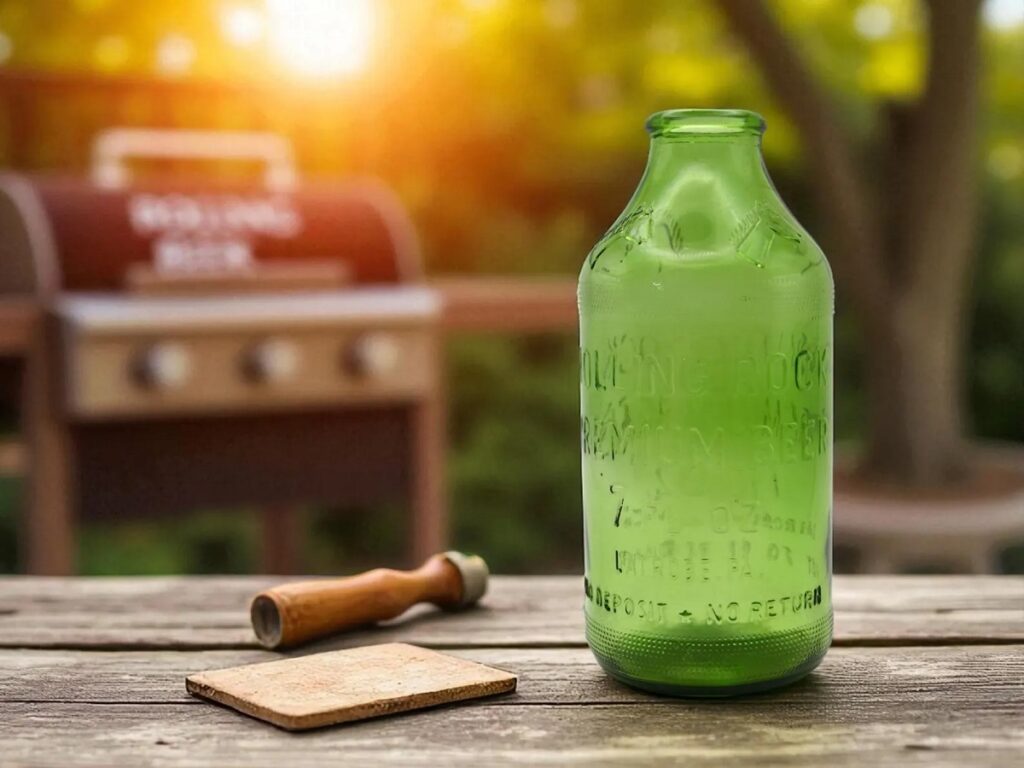
Rolling Rock, known for its distinctive green bottles and “33” mystery marking, has collectible bottles dating back to the 1930s. Early bottles often feature unique embossing, cork tops, and promotional variations. Some limited editions, such as brewery anniversaries or regional releases, can significantly increase value. Flea markets are ideal for spotting these bottles, as casual sellers may overlook their significance. The combination of historic branding, distinctive glass, and nostalgic appeal makes Rolling Rock bottles a favorite among collectors.
11. Yuengling Bottles
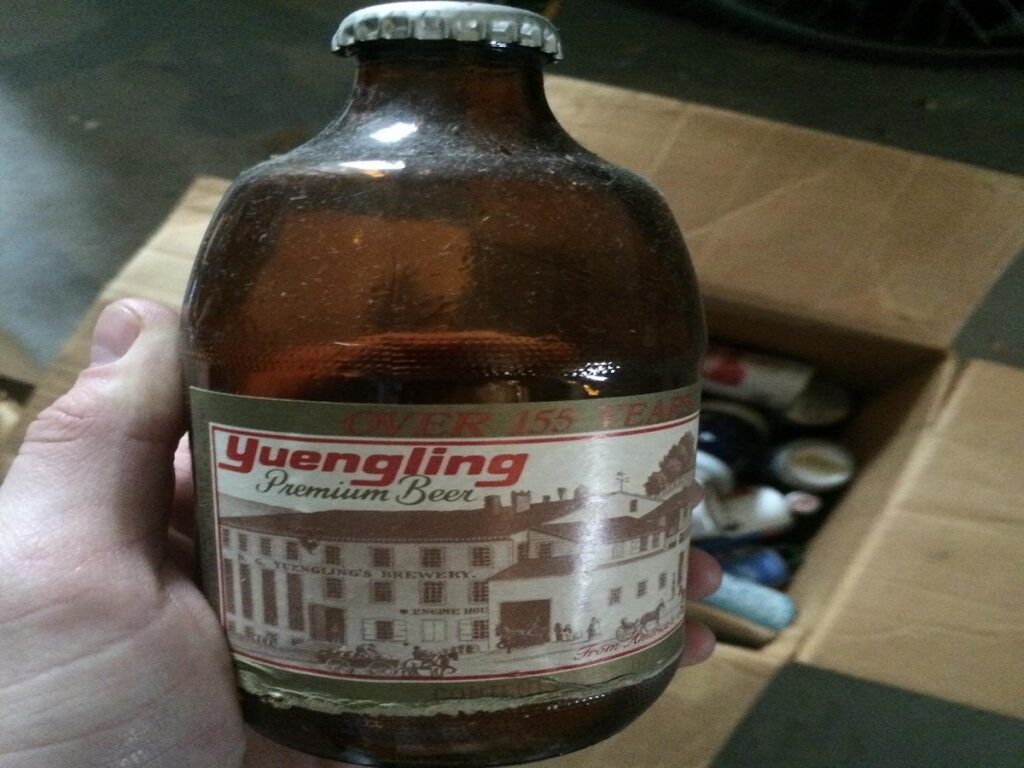
Yuengling, America’s oldest brewery, has bottles with deep historic value, especially those made before 1950. Early designs include embossed lettering and unique logos, often with city or state identifiers. Bottles from special runs, commemorative events, or regional distribution can be particularly rare. Collectors look for intact glass and minimal wear, as these increase market value. Flea markets can yield these treasures tucked away in crates or boxes. Each bottle tells a story of America’s brewing history and regional pride.
12. Anheuser-Busch Export Bottles
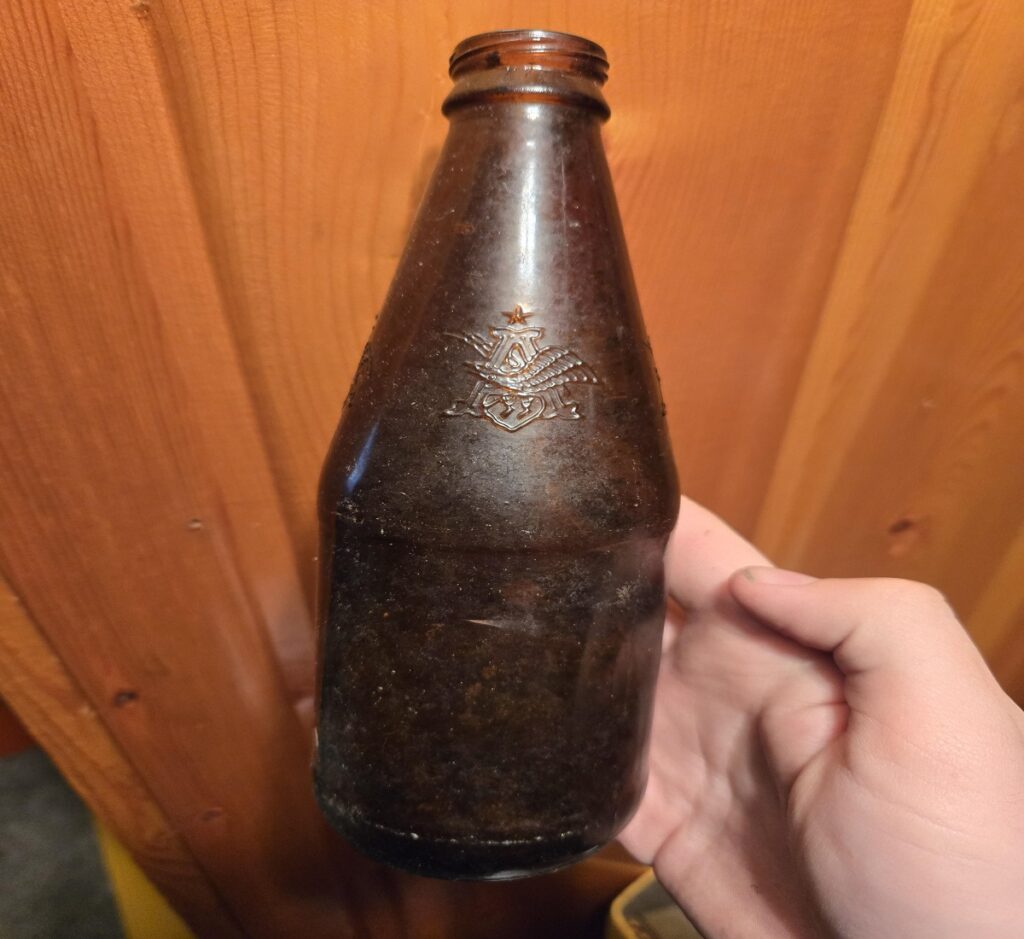
Early Anheuser-Busch export bottles, particularly from the 1920s to 1940s, are collectible for their embossed lettering and distinctive shapes. Some feature special caps or promotional labels for overseas markets. Flea markets sometimes hide these bottles among ordinary glassware. Condition is key, as intact embossing and minimal wear increase value. Collectors prize these bottles for their rarity and historical significance, reflecting the global reach of one of America’s most iconic breweries.
Comments